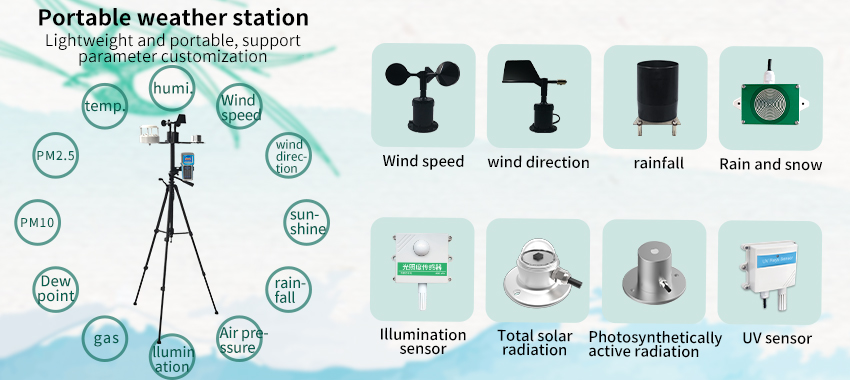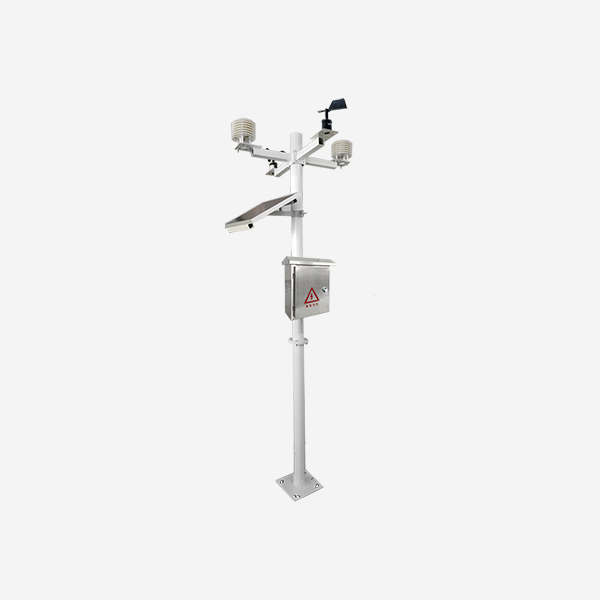Weather stations
Weather station are important tools for collecting, analyzing and disseminating meteorological data, providing valuable insights into climate trends and environmental conditions. These stations play a pivotal role in various sectors, including agriculture, transportation, energy, and disaster management. In this paper, we will explore the significance of weather stations, applications in environmental , the future of weather monitoring technologies.

Significance of Weather Station
Weather stations serve as critical components of meteorological monitoring networks, capturing a wide range of atmospheric parameters, such as temperature, humidity, wind speed, precipitation, and air pressure. The data collected by weather stations are fundamental for weather forecasting, climate research, and environmental impact assessment. By continuously monitoring and recording weather parameters, weather stations provide vital information to ecosystems and human activities. In addition, weather stations contribute to public safety by providing early warnings of severe weather conditions. Overall, weather stations are indispensable tools for environmental monitoring, disaster preparedness, and informed decision-making across various sectors.
Applications of Weather Stations
Weather stations find diverse applications in multiple sectors, including agriculture, aviation, energy, transportation, and urban planning.

In agriculture, monitoring stations help farmers make informed decisions about planting irrigation by providing real-time weather data.
In aviation, weather stations enable pilots to make informed decisions by monitoring wind conditions and visibility. It plays a vital role in ensuring flight safety.
In the energy sector, weather stations provide accurate data for energy production and resource assessments. Contribute to the efficient operation of solar power plants.
In addition, weather stations support transport infrastructure management by monitoring roads and enhancing traffic safety. In addition, weather station data is used to design resilient and sustainable cities.
The applications of weather stations demonstrate their significance in diverse sectors and their contribution to environmental monitoring and risk management.
Future of Weather Monitoring Technologies

The future of weather monitoring technologies is characterized by innovation, integration of digital solutions, and enhanced accessibility. Remote sensing satellites expand weather monitoring capabilities and provide a more complete picture of atmospheric conditions. The combination of IoT technology accelerates the development of weather monitoring systems to provide people with real-time data collection. In addition, weather monitoring technology is combined withAI to improve the accuracy of weather forecasts and early warning systems.
Conclusion
In conclusion, weather stations are indispensable tools for environmental monitoring, weather forecasting, and risk management across various sectors. These stations contribute to public safety, resource management, and informed decision-making by providing essential meteorological data. Despite the difficulty in putting weather monitoring technology in place, continued innovation and digital solutions offer opportunities for the future. Users must invest in weather monitoring technology to enhance environmental resilience. This ensures the sustainable development of weather monitoring.
